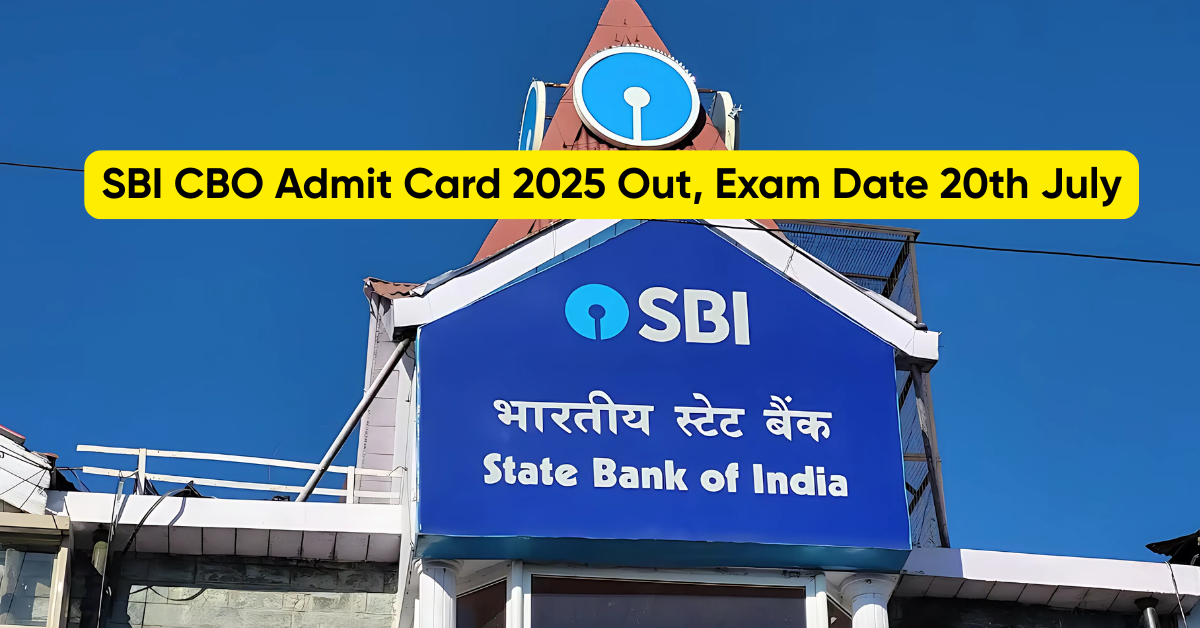INR Full Form
INR Full Form: INR stands for the “Indian National Rupee” or simply “Indian Rupee”. This currency serves as the official legal tender in the Republic of India. It is widely recognized by its symbol “₹.”
INR Full Form in Hindi
INR Full Form in Hindi: INR का मतलब “भारतीय राष्ट्रीय रुपया” या बस “भारतीय रुपया” है। यह मुद्रा भारत गणराज्य में आधिकारिक कानूनी निविदा के रूप में कार्य करती है और इसके प्रतीक “₹” द्वारा व्यापक रूप से मान्यता प्राप्त है।
A Brief History of the Indian Rupee
The history of the Indian Rupee is rich and dates back to ancient times. The term “rupee” itself is derived from the Sanskrit word “rupya,” which means “wrought silver” or “a coin of silver.” The Indian Rupee has seen various forms and denominations throughout history, reflecting the diverse cultures and dynasties that ruled the Indian subcontinent.
In the 16th century, the Mughal Empire introduced a standardized silver coin known as the “Rupiya,” which became the precursor to the modern Indian Rupee.
The Modern Indian Rupee (INR)
The modern Indian Rupee, represented by the abbreviation INR, has undergone several transformations over the years:
- Decimalization: In 1957, India adopted a decimal system for the Rupee, replacing the previous non-decimal system.
- Independence: After gaining independence in 1947, India continued to use the Indian Rupee as its official currency, with the Reserve Bank of India (RBI) responsible for issuing and regulating it.
- Currency Symbol: In 2010, the Indian Rupee got its own unique symbol, “₹,” which was designed to represent the Devanagari letter “र” and the Roman letter “R.”
INR and the Global Economy
The Indian Rupee (INR) is not only significant within India but also plays a role on the global economic stage:
- Foreign Exchange Reserves: Various countries and central banks hold INR as part of foreign exchange reserves due to India’s economic prominence.
- International Trade: Nations with strong economic ties to India use INR in international trade transactions.
- Investments: Foreign investors often engage in INR-denominated investments, including stocks and bonds, contributing to India’s capital markets.
INR Notes and Coins
The Indian Rupee exists in both paper currency (banknotes) and coin form. Banknotes come in various denominations, including ₹10, ₹20, ₹50, ₹100, ₹200, ₹500, and ₹2,000, each featuring iconic images and security features. Coins come in values of ₹1, ₹2, ₹5, ₹10, and ₹20, with distinctive designs representing India’s cultural heritage.
Conclusion – INR Full Form
INR stands for the “Indian National Rupee” or Indian Rupee, and it serves as the official currency of India. With a rich history that spans centuries, the Indian Rupee has evolved into a modern currency symbolized by “₹.”
The Indian Rupee (INR) plays a significant role not only in India’s economy but also in international finance and trade. Its unique history, diverse denominations, and cultural significance make it a currency that reflects India’s rich heritage and its prominent position in the global economic landscape.
As the Indian economy continues to grow and evolve, the INR will likely maintain its importance in the world of finance and international commerce, further solidifying its status as a symbol of India’s economic prowess.
- SSC CGL Full Form, All You Need to Know About SSC CGL
- SBI CBO Admit Card 2025 Out, Exam Date 20th July
- SSC CHSL 2025 Vacancies Released for 3131 Posts, Complete Details
- SSC JE Vacancies 2025, Check Post Wise Vacancy List
- Important Percentage Questions for SSC Exam Preparation, Solved
- SSC CGL Application Correction Form Starts from 9th to 11th July
INR Full Form – FAQs
Ans. INR stands for the “Indian National Rupee” or simply “Indian Rupee”.
Ans. INR का मतलब “भारतीय राष्ट्रीय रुपया” या “भारतीय रुपया” है।

Hello, I’m Aditi, the creative mind behind the words at Oliveboard. As a content writer specializing in state-level exams, my mission is to unravel the complexities of exam information, ensuring aspiring candidates find clarity and confidence. Having walked the path of an aspirant myself, I bring a unique perspective to my work, crafting accessible content on Exam Notifications, Admit Cards, and Results.
At Oliveboard, I play a crucial role in empowering candidates throughout their exam journey. My dedication lies in making the seemingly daunting process not only understandable but also rewarding. Join me as I break down barriers in exam preparation, providing timely insights and valuable resources. Let’s navigate the path to success together, one well-informed step at a time.






